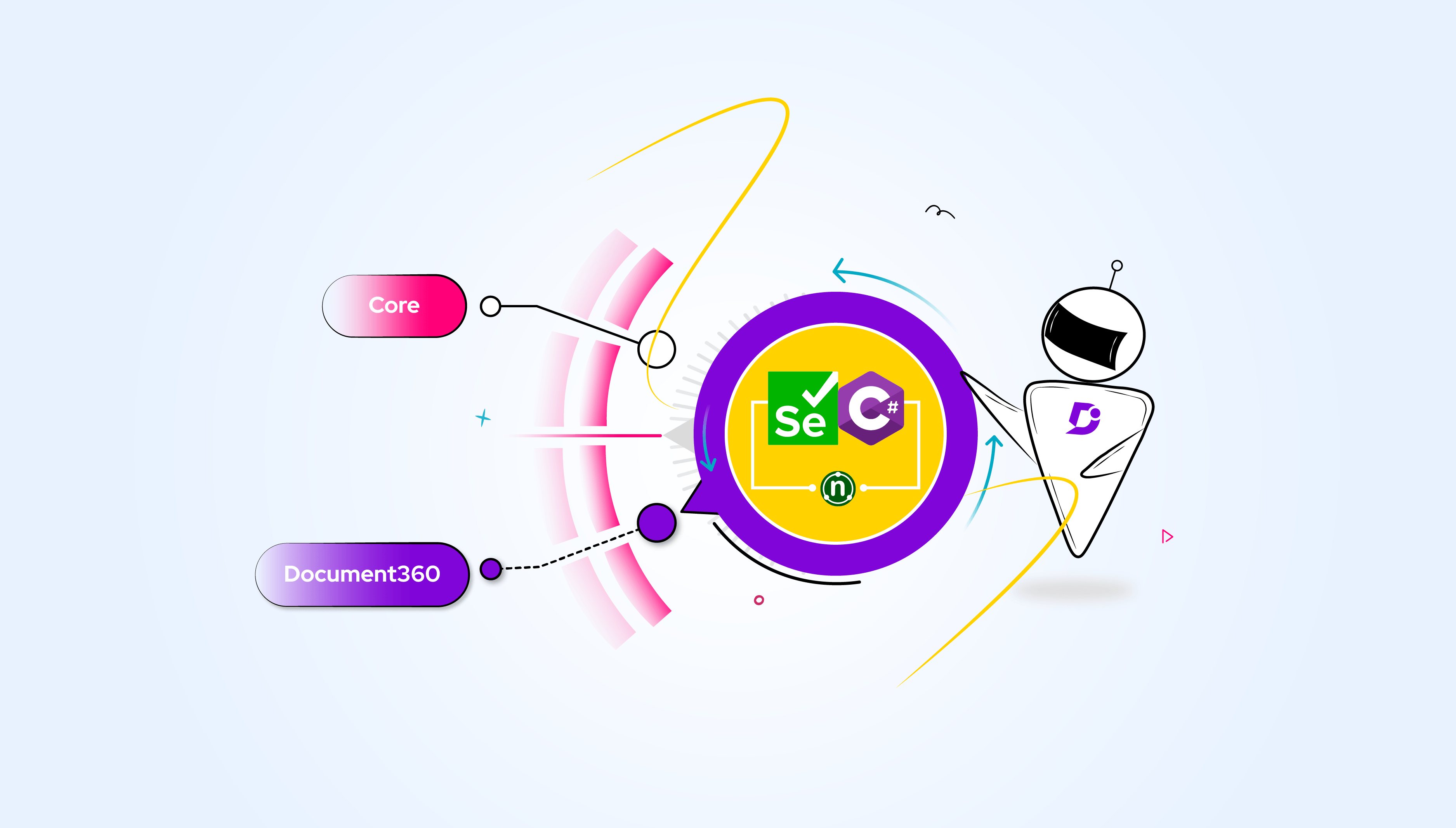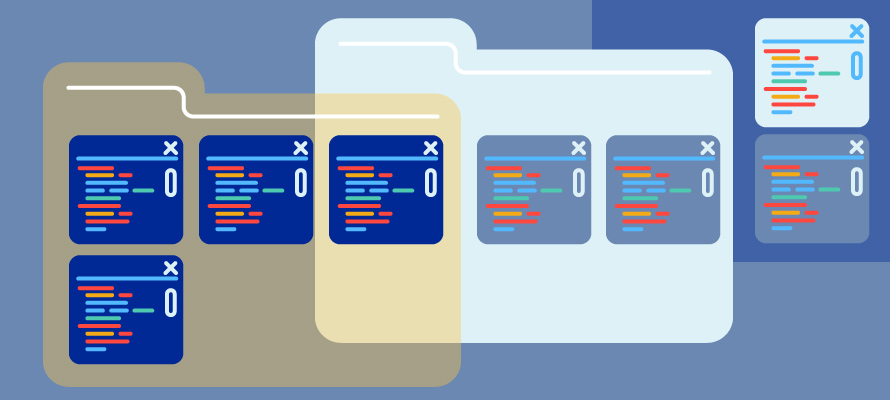What’s The Best Way To Document And Implement Your Test Automation Framework?

Serious software testers love test automation. It is one of the best things for them. The reason behind this is the kind of benefits automation testing brings to the table. You can expect quality, speed, and efficiency when using test automation for software testing procedures. However, if you really want to reap all the benefits of using a test automation framework, then you need to understand the appropriate documentation procedure plus the way to effectively execute the test in the framework. Hence, through this article, we are going to discuss the best ways of documenting and implementing a test automation framework. So, keep reading to get useful insights.
Why Document Your Test Automation Framework?

Documenting test automation framework helps streamline the testing process and also brings consistency to the team. But that’s not all; here, in this section, we are going to discuss some of the most compelling reasons for documenting test automation frameworks.
Simplified Maintenance: A well-documented framework helps in maintaining and updating the test automation suite. As a result, changes can be tracked and fixed swiftly, making the maintenance part more efficient.
Accelerated Onboarding: Detailed documentation speeds up the onboarding part for new team members. Because good documentation helps understand the written guidance easily, which results in quick action.
Error Reduction: If we are not clear with our procedure, then there are high chances of errors and bugs. But clear documentation minimises all sorts of misunderstandings and errors. In the end, they ensure a high level of quality in test automation.
What To Document In Your Test Automation Framework?

No doubt good documentation is very important, but knowing what to add in documentation and what to avoid is even more important. In this section, we are going to discuss elements which are a must for creating effective documentation.
- Test Automation Strategy: An effective test automation framework document incorporates the test strategy, encompassing objectives, scope, tool selection, and schedule. It also outlines various testing levels used in for the testing, such as integration, unit and system testing. Plus, it specifies which tests are going to be automated, like functional, security and performance tests.
- Test Automation Framework Overview: The documentation should clearly explain the chosen automation framework, like its architecture and the reasons that showcase why the framework is the best choice. Then, the document should cover naming conventions, directory structures and coding standards employed within the framework
- Test Scripts: Actual test scripts are also a very important part of effective test automation documentation. The scripts should be supported with a detailed explanation of their purpose, inputs and, of course, the expected outputs. This section of documentation should also mention the libraries, scripting languages, and tools utilized in the process.
- Test Data Management: Documentation is also supposed to cover test data sets, their origin sources, and most importantly, how they get managed. This includes insights into data generation, data storage, and maintenance. Further, documentation should cover strategies and tools used for test data management, covering aspects like data masking, data generation techniques, and so on. This sort of explanation helps the testing team assess systems’ behavior in various sorts of situations.
- Test Environment: As a responsible tester, you are also supposed to include information on all the necessary software, hardware, and network configurations that are used for executing the automated tests. This further needs to be encompassed with any dependencies, libraries, or tools which are vital for the test environment to function smoothly.
- Execution And Reporting: The test automation documentation needs to have a detailed explanation of the process of executing automated tests, encompassing their scheduling part, initiation process, and monitoring procedures. Additionally, the document requires to expound on the reporting method employed for tracking defects, test results, and overall test automation performance.
Best Way To Document Your Test Automation Framework

When you are in the process of documenting your test automation framework, it’s important to employ language and formatting that are both clear and concise, ensuring consistency throughout. To enhance the clarity of your documentation, consider incorporating visual aids such as diagrams, screenshots, code snippets, and practical examples. Furthermore, make use of comments, annotations, and metadata to provide comprehensive documentation for your code and test scripts.
To maintain the quality of your documentation, it’s advisable to utilize tools like version control, configuration management systems, and documentation management tools. These aids help in ensuring that your documentation remains up-to-date and well-organized. Additionally, employing template checklists and conducting periodic reviews can prove highly beneficial in tracking and managing your documentation effectively. These measures assist in maintaining the consistency and accuracy of your documentation as your test automation framework evolves.
Why Implement Your Test Automation Framework?
Here are some of the reasons why the implementation of a test automation framework has become increasingly valuable and indispensable in today’s context:
Cost-Effective Approach: Maintaining testing tools can be expensive. A test automation framework enables you to retain code even when facing common changes like test data, page objects, or reporting structures. When a client requests changes in the application, you can accommodate them without incurring additional costs. This makes test automation not only cost-effective but also customer-friendly for quality testing.
Minimal Manual Intervention: With a test automation framework, you no longer need to run test scripts manually or input test data every time you initiate a testing process. There’s no need for constant monitoring either. Once the test is launched within the automation framework, it performs all necessary steps independently, providing you with the test results without continuous supervision. This not only saves time and effort but also enhances testing accuracy significantly.
Scalability Of Applications: A test automation framework simplifies the process of making edits to web pages or updating applications with data or other elements. This scalability is particularly evident when transitioning from a small project to a larger one. Manual testing for such transitions could take days or even weeks, whereas an automation framework can accomplish the task in minutes while maintaining all relevant parameters.
Test Segmentation And Configuration: Manual testing often involves time-consuming and error-prone tasks when segregating test script logic. Conversely, a framework streamlines this process, allowing for swift segregation. Additionally, test data can be stored in external databases (e.g., Excel files, ODBC repositories, or XML files), and test configuration becomes a rapid task within the framework. This is because the framework facilitates the inclusion of various applications in the configuration process.
Rapid Modularity: Manually running test scripts often involves repetitive writing of login procedures for each test case, resulting in unnecessary time consumption. In contrast, an automation framework enables the reuse of login code across multiple test scripts, saving time and energy and expediting the testing process.
Recycle And Reuse: Manual testing typically lacks the ability to reuse common library files, making it a cumbersome process. In automation, these files can be easily reused when necessary, eliminating the need to recreate them repeatedly. This not only saves time but also promotes smart and highly professional testing practices.
What To Implement In Your Test Automation Framework?

When you embark on implementing a test automation framework, it’s crucial to establish the fundamental logic, functionality, and framework structure. This encompasses creating modules, classes, methods, and functions; defining parameters, variables, constants, data types, assertions, and validations; handling exceptions, configuring hooks and fixtures; managing drivers; utilizing annotations, tags, markers; and generating reports. Furthermore, it’s essential to configure logs and dashboards to visualize and analyze test results, as these elements are indispensable for effectively categorizing and prioritizing test cases and test suites.
Best Way To Implement Your Test Automation Framework
To implement your test automation framework successfully, start by assessing your project requirements and select an appropriate test automation framework based on factors such as the nature of the application, technology stack, and testing objectives. Common frameworks include Selenium for web applications, Appium for mobile apps, and JUnit/TestNG for Java-based projects. Next, establish a clear testing strategy by defining the scope, objectives, and success criteria of your automated testing efforts. This includes identifying the test scenarios, test data, and the level of test coverage required for your application.
Now, create a solid foundation by setting up the necessary tools and infrastructure. Install the chosen testing framework, integrate it with your development environment, and configure any required dependencies. Ensure that version control systems are in place for managing test scripts and resources. Design a modular and scalable architecture for your automation framework. Divide test scripts into reusable modules or functions and organize them in a way that supports easy maintenance and updates. Implement the Page Object Model (POM) for web applications to enhance test maintainability.
Develop a robust test script structure and coding standards. Write clear and concise test scripts, incorporating best practices for coding, error handling, and logging. Consider using a behaviour-driven development (BDD) approach with tools like Cucumber or SpecFlow to enhance collaboration between development and testing teams. Implement data-driven testing to maximize test coverage and efficiency. Separate test data from test scripts, and use external data sources or frameworks to parameterize your tests. This allows you to execute the same test scenario with multiple sets of data.
Integrate your automation framework with continuous integration and continuous deployment (CI/CD) pipelines. Automate the execution of test suites as part of the build and deployment process, providing quick feedback on the application’s stability and quality. Implement robust reporting mechanisms to generate insightful test reports. Leverage tools or frameworks that offer detailed test execution results, logs, and metrics. This helps in identifying and diagnosing issues quickly.

Regularly review and update your automation framework to adapt to changes in the application or technology stack. Conduct code reviews, refactor code when necessary, and ensure that your framework remains aligned with the evolving needs of your project. Finally, establish a comprehensive training program for your testing team to ensure they are proficient in using the automation framework. Foster a culture of collaboration and knowledge sharing to maximize the benefits of test automation across your organization.
LambdaTest, a powerful cloud-based testing platform, streamlines this process by providing a collaborative and scalable environment. With LambdaTest, you can document your framework using detailed test cases, scripts, and configurations, ensuring comprehensive documentation for future reference. LambdaTest supports multiple programming languages and frameworks, enabling easy integration of your existing automation setup. Its extensive device and browser matrix allows you to execute tests across diverse environments, ensuring optimal coverage. The platform offers parallel testing capabilities, accelerating test cycles and reducing execution time. Moreover, LambdaTest provides detailed test reports, logs, and screenshots, facilitating quick issue identification and resolution.
Conclusion
Documenting and implementing a test automation framework are crucial steps towards achieving efficient and effective software testing. Remember, with a well-documented and thoughtfully implemented test automation framework, you can streamline your testing processes, reduce errors, and ultimately deliver higher-quality software to your users, ensuring your organization’s success in the ever-evolving world of software development.




